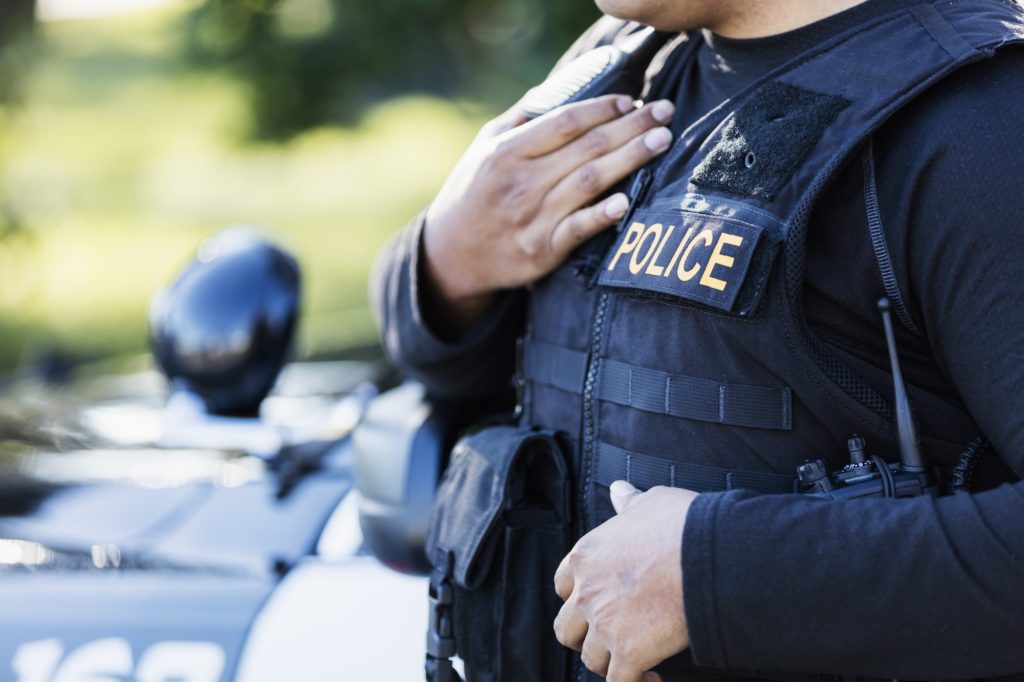Diversity Training: One Size Does Not Fit All

What explains persistent racial disparities in policing, despite police departments’ repeated investments in bias-training programs? A wide range of data indicate that police in the United States tend to stop, arrest, injure, or kill more Black people than White people. Calvin K. Lai (Washington University in St. Louis) and Jaclyn A. Lisnek (University of Virginia) analyzed the effectiveness of a day-long implicit-bias-oriented diversity training session designed to increase U.S. police officers’ knowledge of bias, concerns about bias, and use of evidence-based strategies to mitigate bias. Their findings, recently published in Psychological Science, suggest that “diversity trainings as they are currently practiced are unlikely to change police behavior.”
Immediately after these trainings, police officers have strong intentions to use the strategies they’ve learned, explained Lai in a forthcoming interview on Under the Cortex, the APS podcast. But “one month later there wasn’t that kind of follow through.”
In 2020 and 2021, Lai and Lisnek evaluated 251 training sessions (in-person or remote) in which 24 different educators taught the Managing Bias program—developed by the Anti-Defamation League to reduce the influence of biases in the behaviors of police officers, improve the relationship between the community and the police, and increase safety—to different police departments with a history of Black–White racial disparities in policing. This day-long training consists of an interactive workshop, led by two educators, that uses activities to educate officers about the origins and differences between explicit and implicit bias, how biases may affect their behavior, and gaps in understanding between police and the community. After learning about biases, officers were trained on strategies and skills to reduce biased behavior.
Lai, a recipient of the APS 2023 Janet Taylor Spence Award for Early Career Contributions, and Lisnek surveyed police officers immediately before the training to establish a baseline, assessing knowledge and concern about bias, usage of strategies to manage bias, and characteristics relevant to police training (e.g., centrality of police identity, expectations of respect from community members). A second survey, administered immediately after the training, evaluated knowledge and concern about bias plus the intention to use the strategies to manage bias.
Results indicated that before the training, officers showed low understanding of and concern about bias, but the training immediately increased their knowledge and concern about bias. Right after the training, officers reported feeling empowered and motivated to use the strategies they learned to manage bias. However, another survey one month later found that officers’ concerns about bias had returned to pre-intervention levels and their use of these strategies had declined compared with their reported intentions immediately after training. Nevertheless, their general understanding of biases remained as high as immediately after the training.
Future research, Lai said, will attempt “to close that gap between officers really being motivated but not finding ways to follow through using some of these bias mitigation strategies.”
The researchers also identified characteristics of diversity training that might affect its efficacy. For instance, previous literature has suggested embedding such efforts with other organizational initiatives, having managers reinforce them, and evaluating expected behavior as a part of job performance. The training examined in this study was implemented and administered by an external organization. Adding booster sessions instead of a one-and-done training model could also increase effectiveness, Lai and Lisnek said.
Finally, the strategies taught could have had low applicability outside of a lab in real-world policing, another factor that can also undermine training effectiveness. “One of the things we’re finding is that there might not be these great one-size-fits-all solutions for combating bias at work,” said Lai. It may be necessary “to think very concretely and specifically” about the daily work activities where police officers may be inclined to discriminate—and then provide “super-tailored strategies” to mitigate those behaviors.
Feedback on this article? Email [email protected] or login to comment. Interested in writing for us? Read our contributor guidelines.
Reference
Lai, C. K., & Lisnek, J. A. (2023). The impact of implicit-bias-oriented diversity training on police officers’ beliefs, motivations, and actions. Psychological Science. https://journals.sagepub.com/doi/10.1177/09567976221150617





APS regularly opens certain online articles for discussion on our website. Effective February 2021, you must be a logged-in APS member to post comments. By posting a comment, you agree to our Community Guidelines and the display of your profile information, including your name and affiliation. Any opinions, findings, conclusions, or recommendations present in article comments are those of the writers and do not necessarily reflect the views of APS or the article’s author. For more information, please see our Community Guidelines.
Please login with your APS account to comment.